Recent Articles
Popular Makes
Body Types
2019 Land Rover Range Rover Road Test and Review
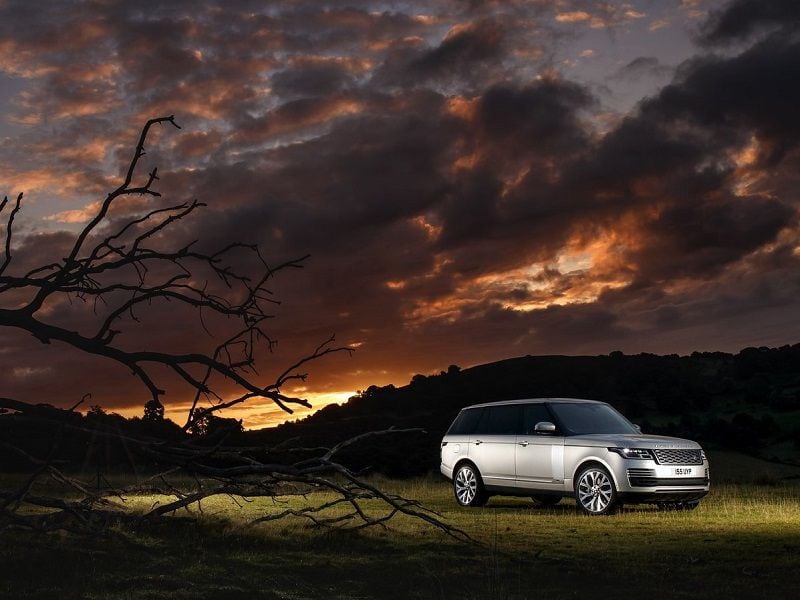
2019 Land Rover Range Rover Silver Front Three Quarter ・ Photo by Land Rover
There’s a cool new feature in the 2019 Land Rover Range Rover. It’s a new Wade Sensing system that provides the SUV’s driver with real-time wading depth information relative to the vehicle’s maximum water submersion capability, which is several feet. While you won't likely use this system on the way to the office, other fresh upgrades are designed to improve your experience every single day. These include standard Apple CarPlay and Android Auto and an expanded list of available driver assistance systems, such as active cruise control with steering assistance.
These upgrades for the new model year may be minor, but the 2019 Range Rover remains one of the most luxurious, comfortable, and capable full-size SUVs available — as well as one of the most expensive. Prices range from just over $90,000 to over $210,000. The Range Rover competes with the Mercedes-Benz GLS and G-Class, BMW X7, Audi Q8, Lincoln Navigator, Bentley Bentayga, Rolls-Royce Cullinan, and even the Lamborghini Urus.
Powerful and Pricey
Every 2019 Land Rover Range Rover is equipped with all-wheel drive and an eight-speed automatic transmission. However, there are several engines available, including a turbodiesel. A plug-in hybrid model is coming in 2020. Now in its fourth generation, the vehicle is offered in five trim levels. The base 2019 Range Rover and the HSE come standard with 3.0-liter supercharged V6, an engine also used in the Jaguar XJ luxury sedan. It’s plenty strong for the majority of buyers, making 340 horsepower in the base model and 380 hp in the HSE, which costs about $5,000 more. For $2,000, an enticing option is the more fuel-efficient 254-hp 3.0-liter turbodiesel V6, which is offered on both the base model and the HSE.
Built just outside London, the Range Rover is the flagship of the Land Rover brand. Prices start at $90,795, including $1,295 for destination, which is about $2,500 more last year. This year, an HSE, like our test vehicle, is priced from $96,245. Performance buyers will want to step up to the Supercharged model or the Autobiography, both of which cost over $100,000 and are powered by a 518-hp supercharged 5.0-liter V8. Prices for the top-of-the-line 557 hp SVAutobiography Dynamic start at $179,795.

Photo by Land Rover
Long-Wheelbase Model
Unlike many of its competitors, including the Mercedes-Benz GLS, the 2019 Range Rover is a five-seater. There isn’t a third row offered. If you want a large Range Rover with a third row, check out the Range Rover Sport, which shares its powertrains, all-aluminum chassis, and 115-inch wheelbase with the more expensive Range Rover. Other seven-passenger alternatives worth shopping are the Mercedes GLS, BMW X7, Audi Q7, and the much larger Lincoln Navigator.
Just to be contrarian, Land Rover does offer the Range Rover as a more expensive long-wheelbase model, but it only seats four. The LWB’s additional 8 inches of wheelbase expands second-row legroom significantly, and its two reclining rear captain’s chairs are heated and offer hot stone massage. Your kids will feel like Jay Z and Bey. Long-wheelbase versions of the Range Rover start at over $110,000 and top out around $210,000 for the fully loaded SVAutobiograpy, which features 25 rear seat massage programs, power-deployable tables, and a rear seat refrigerator for chilling your Bud Light.
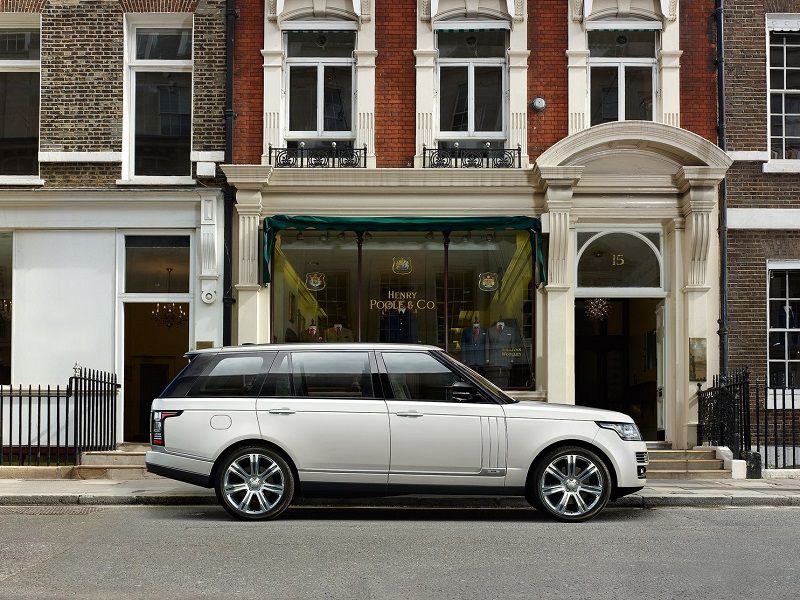
Photo by Land Rover
Incredible Comfort and Features
Last year, Land Rover dialed up the Range Rover’s interior for even more comfort and style, and it remains one of the best interiors in the class. Wider seat frames, deeper foams, heated armrests, and optional 24-way adjustability increased comfort, and the Range Rover easily wins our award for the SUV we’d most like to drive through four states in one day.
The Range Rover’s interior is filled with soft-touch surfaces, high-quality materials, and a touch of drama as its rotary shifter rises slowly from the console when you start the engine. Last year also brought a new and improved infotainment system with enhanced features and more intuitive menus and commands. The system, along with the Range Rover’s climate controls, are manipulated with two 10-inch touchscreens, which look a bit intimidating but are actually very easy to use. Another 12.3-inch screen located directly ahead of the driver displays a fully configurable digital gauge cluster.
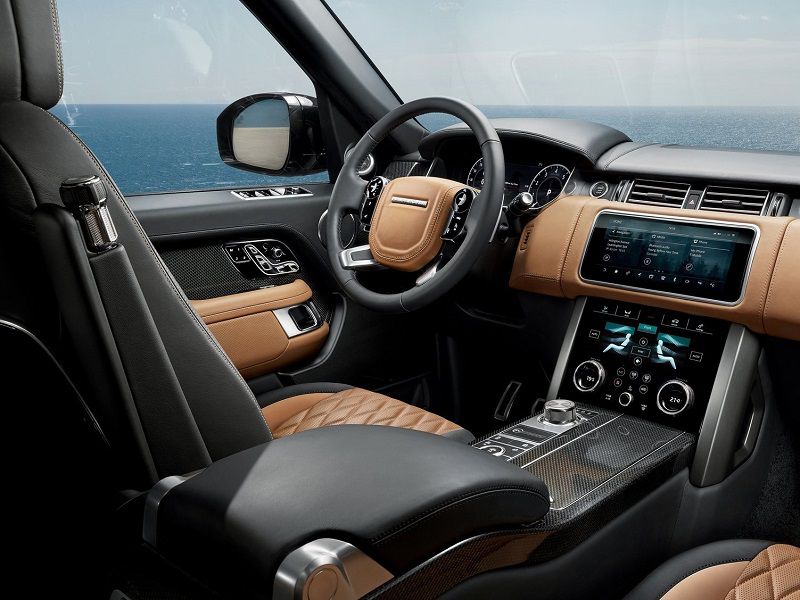
Photo by Land Rover
Spacious Family-Friendly Interior
With its five-passenger capacity, the standard-wheelbase Range Rover is more than adequate for most families. The Range Rover offers more rear seat space than many of its competitors and there’s plenty of room for passengers over 6 feet tall. Rear air conditioning vents are standard, and all but the base model get luxuries like heated rear seats and soft-closing doors. A rear entertainment system is available.
The Range Rover’s beautifully appointed interior also offers plenty of storage. The deep center console bin is felt-lined and large enough to swallow an iPad. There are also large felt-lined bins on the doors and deep, well-placed front seat cupholders. The backseat cupholders are in a fold-down center armrest.
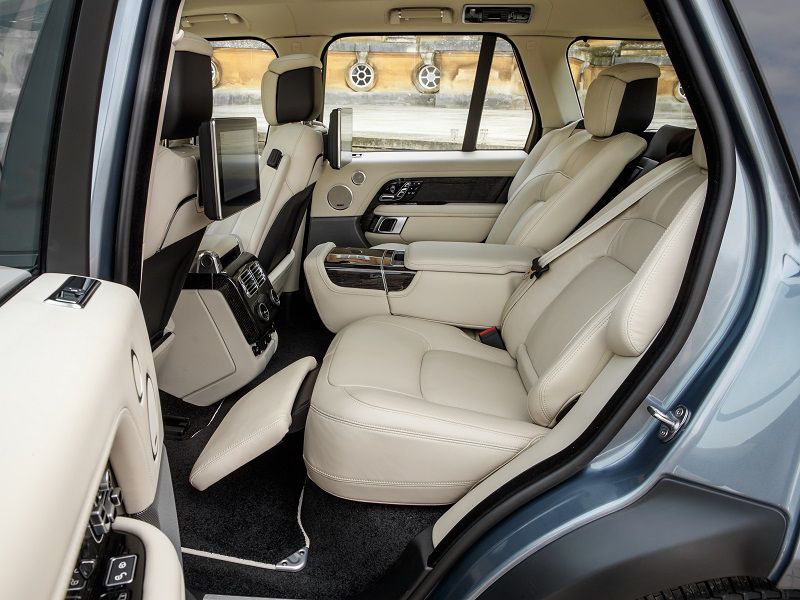
Photo by Land Rover
Useful Cargo Volume
One of our favorite features on the Range Rover is its unusual split tailgate, a design also used on the BMW X5. While the top two-thirds of the hatch opens up like a conventional SUV liftgate, the bottom third drops down like the tailgate of a pickup truck. You can just open the top if you’re throwing in small items, and the tailgate is a great place to sit and watch the world go by.
We are also impressed with the Range Rover’s generous cargo space. At 32.1 cubic feet, it’s considerably less than the larger Mercedes GLS, which offers 49.4 cubic feet, but it’s significantly more than you get in other competitors like the Bentley Bentayga. Fold the Rover’s rear seat, which is split 60/40, and there’s 82.8 cubic feet of space, which is about average for the class. The Mercedes and the BMW offer more.
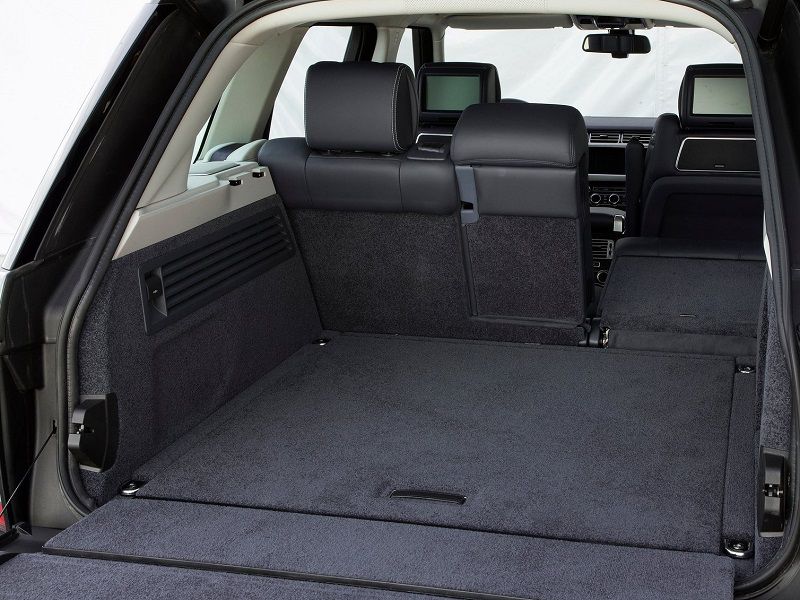
Photo by Land Rover
Smooth and Powerful
Despite its considerable size and 5,000-lb-plus weight, our 2019 Range Rover HSE test vehicle was very easy to drive around town, with plenty of power from its supercharged V6. This engine is also used in the Jaguar F-Type sports car and we were impressed with is strong off-the-line torque and upper-rpm passing power. The SUV’s eight-speed automatic transmission is also quite responsive, and it has a Sport setting for more immediate performance. The company says this model can accelerate to 60 mph in about 7.0 seconds. That’s already pretty quick, but this big SUV is fast enough to blur your vision when it’s equipped with the supercharged V8.
For such a large barge, the Range Rover is also agile and likes to be tossed around. Its handling and balance are remarkable. There’s some body roll in corners, but you get used to it. Meanwhile, its long-travel air suspension provides a soft and compliant ride, but it’s very well controlled, never floaty. Its steering is light and quick, and you can feel the road through the large leather-wrapped steering wheel. This beast is fun to drive in the city and it just seems to eat up miles on the Interstate.
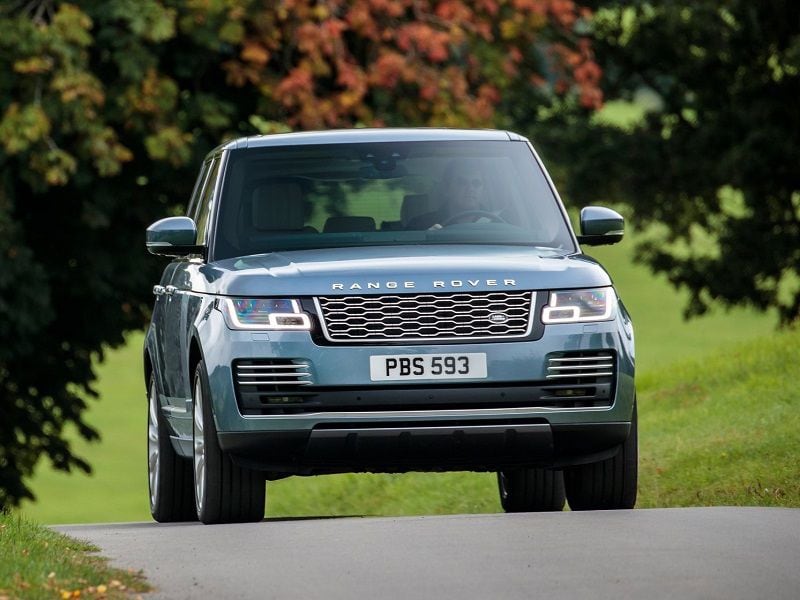
Photo by Land Rover
Spectacular Off-Road Capability
Range Rovers have been driven through jungles, across deserts, and over mountains. Although few Range Rover buyers will ever fully explore the SUV’s extreme off-road capability, we gave it try at our local off-road park and failed to find the SUV’s limits.
With its adjustable air suspension in its highest setting to increase ground clearance, our test vehicle lived up to Range Rover’s rugged reputation, handling challenging trails, sandy steep grades, and other severe obstacles with ease. The Range Rover’s abundant wheel travel, class-leading approach and departure angles, traction control, and all-wheel drive system — which offers four settings for different surfaces including sand and mud — made it easy to navigate the rough terrain, and the Rover’s suspension smoothes out rutted trails and smothers large rocks. There’s also Hill Descent Control, which controls your speed to a crawl on steep declines. Of all of the Range Rover's competitors, only the Mercedes-Benz G-Class could possibly hang with it off-road.
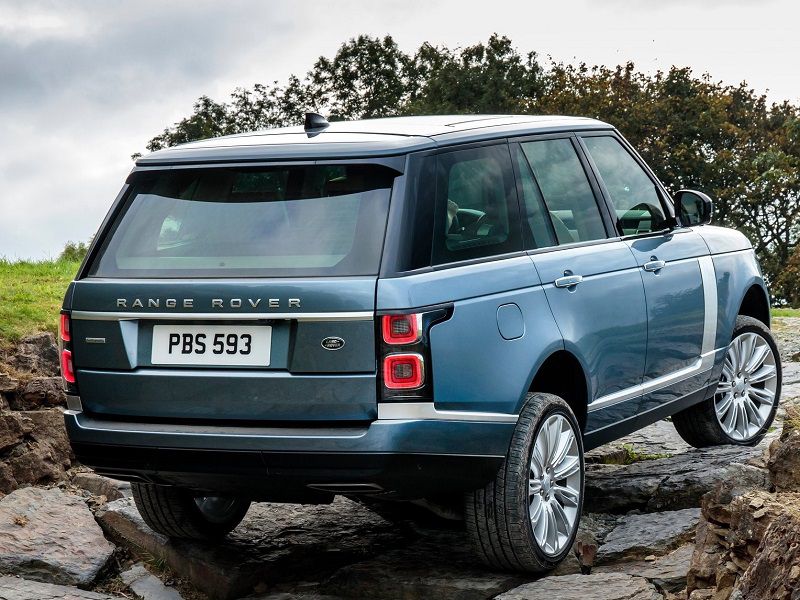
Photo by Land Rover
Good Fuel Economy for the Class
Despite its big size and power, the Range Rover gets good fuel economy for its class. The standard supercharged V6 is rated at 17 mpg in the city and 23 mpg on the highway. I averaged 19 mpg in mixed driving around Los Angeles that included a few hours of off-roading. The optional 3.0-liter turbodiesel V6 is significantly more fuel-efficient, with fuel economy ratings of 22 mpg city and 28 mpg highway.
Range Rovers with the supercharged 5.0-liter V8 are thirsty, with ratings of 14 mpg city and 19 mpg highway. But that’s still better than the more powerful Bentley Bentayga, which is rated at 12 mpg city and 19 mpg highway.
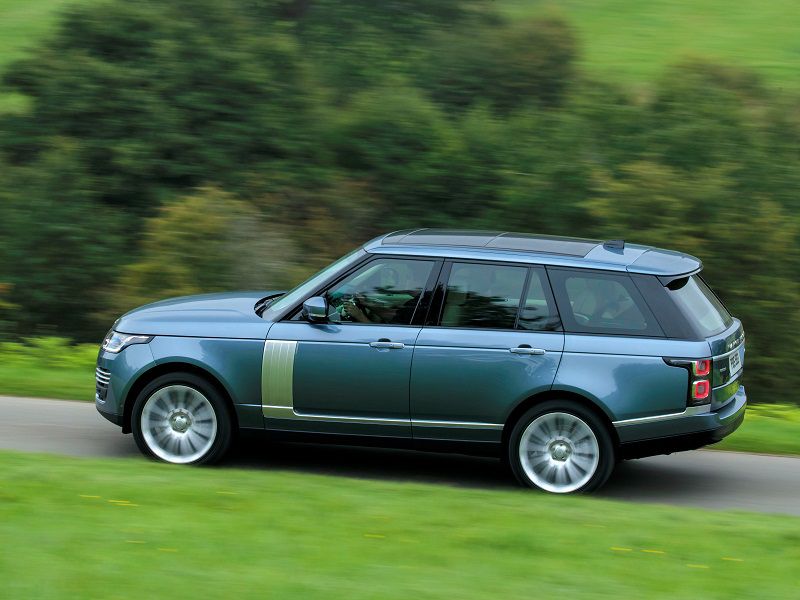
Photo by Land Rover
Final Thoughts
Over the last three decades, the Range Rover has become an icon of style, luxury, and performance, and the 2019 model lives up to that legacy. This SUV continues to set standards for refinement, opulence, aesthetics, performance, and off-road capability in a segment where buyers include kings, queens, and corporate raiders. Unfortunately, the Range Rover still doesn’t offer an optional third-row seat, which may turn away some buyers.
That said, the 2019 Land Rover Range Rover really is something special. If you’re in the market for the ultimate five-passenger luxury SUV, this is it.
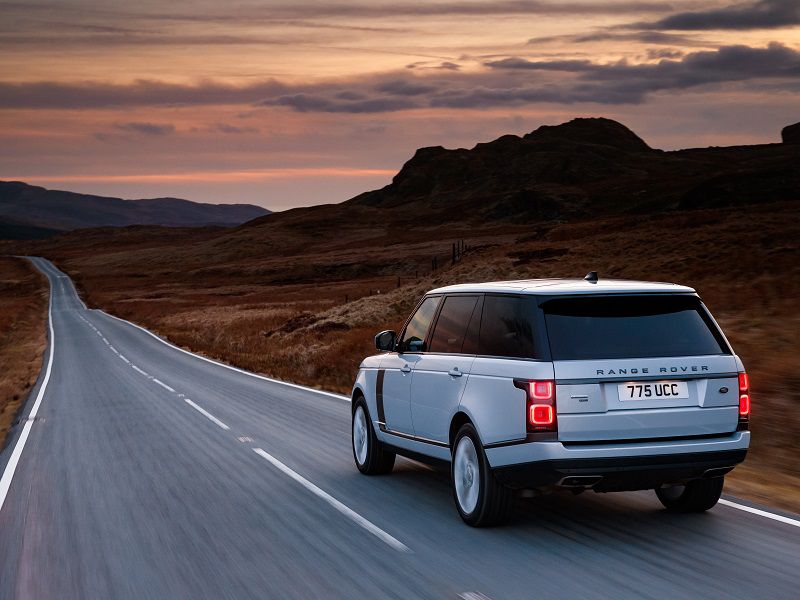
Photo by Land Rover